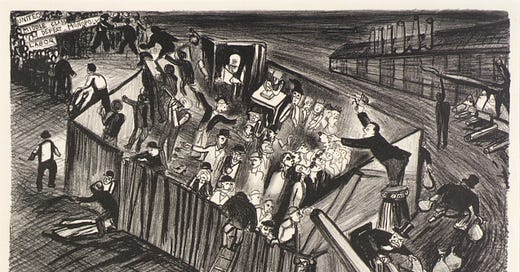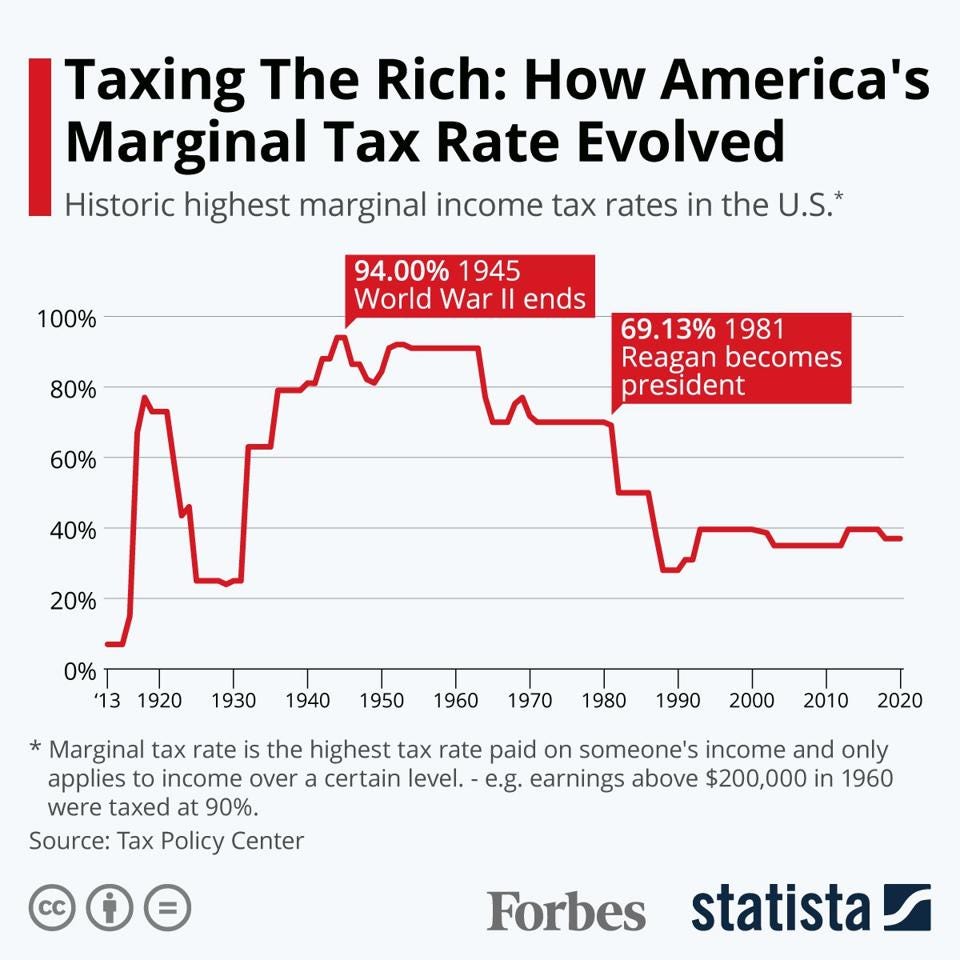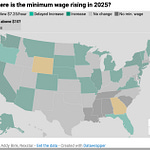This post goes out to both free and paid subscribers, but if you are not already a paid subscriber and value this effort and our growing community, please consider upgrading to a paid membership. Thank you!

“For many Americans, the middle class is a matter of identity, aspiration and lifestyle as much as it is about wealth.” NPR, July 7, 2016.
I don’t have foolproof answers to the questions posed in this post’s subtitle: “where has our middle-class gone and can we get it back”, but I will provide a bit of history and statistics to show you where the wealth that once belonged to the middle class, in homes, savings and good paying jobs, has been transferred. Unfortunately, it now mostly resides with the rich and super-rich. And most recently, millions of once middle-class folks have been thrown into poverty in 2022 and this year by the rising cost of living and the choice to end the child tax credit and other pandemic aid. So it’s gone in the other direction, too, leaving the once booming middle-class hollowed out, indeed.
But it isn’t just about enough money to pay the bills and the accumulation of some wealth, it’s about that thing called hope. I mentioned the idea of a better life for ourselves and our families in my last post—it is why union membership is so important for workers, and by extension, their families and broader communities. It gives them both the hope and the means for a better life.
What used to be known as middle-class life has been an aspiration of millions after WW II, when the GI Bill provided money to veterans for a college education and a home. As I’ve mentioned here before, my parents, sister and I were able to live this dream because the federal government made the choice to help its veterans, to reward them for their considerable sacrifice. The GI Bill is the only way my father could be the first in his family to graduate from college in 1950 and later purchase a home for his family in 1959.
The fact that the middle class in this country saw its greatest expansion from the 1950’s to the early 1970’s was not only because of hard work on the part of returning war veterans and millions of others, it was because the federal government made policy choices to help its citizens—to invest taxpayer dollars for the common good. It gave millions of hard-working Americans the means to create a better life for themselves and their families.
Starting with the GI Bill signed by FDR in 1944, followed by expanded, full-time job creation by both government and private industry, an increased percentage of union membership, higher taxes on the wealthy along with expanded government safety net programs signed into law by President Johnson — all of these factors contributed to building a robust middle class.
The percentage of adults claiming a share of the middle class peaked at 61% in 1971 and unfortunately, has declined steadily in the last four decades.
Although inflation took its toll on lower income earners in the late 1970’s, the change in income distribution, primarily away from the middle class to the rich, and eventually the ultra-rich, was fueled by the conservative economic policies of the Reagan years: massive tax cuts for the rich, deregulation of business and slashing of social programs. This might be a simplified version of the factors contributing to the shift in wealth inequality in terms of economics, but recent studies strongly suggest these policies directly contributed to today’s startling income and wealth inequality.
In 1944-1945, a federal income tax for people making over $200,000 topped out at 94% and continued at high levels until shortly after 1981. Speaking of giving tax cuts to the rich, this chart, prepared by Forbes/Statista and using data from the Tax Policy Center, shows exactly when the marginal tax rate began its precipitous decline.
And let’s remember the economic impact of corporations not paying their fair share of federal taxes.
In 2017, former President Trump signed into law the Tax Cuts and Jobs Act (TCJA). Among other changes, TCJA lowered the top statutory corporate tax rate from 35 percent to 21 percent, and it remains at 21% today. But according to a late 2022 report published by the U.S. Government Accountability Office (GAO):
…the average effective corporate tax rate —the percentage of income paid after tax breaks—among profitable large corporations fell from 16% in 2014 to 9% in 2018.
Meanwhile, profits of the largest corporations, compiled with data as of January 30, 2023, continued to soar to the highest levels in nearly 70 years.
Most recently, the United Auto Workers (UAW) union, whose workers helped make the over-the-top-profits for the three largest U.S. auto companies has been forced to strike for a living wage and decent benefits, so they can earn their way back to the middle class and stay there. It would be funny if it weren’t such a cruel irony, that Mary Barra, the CEO of General Motors, received a pay check of about $29 million in 2022, which is “…362 times the median GM employee’s paycheck according to Securities and Exchange Commission filings.”
And those record profits of the auto industry? According to an article by U.S. News and World Report published just days ago:
From 2013 to 2022, according to the Economic Policy Institute, profits at the Big Three leapt 92%, totalling $250 billion by last year. Meanwhile, CEO pay at the automakers went up by 40% during that same period. Forecasts for 2023 expect more than $32 billion in additional profits for the companies, EPI said.
If you only watch one news clip today, take a few minutes to listen to an interview from this morning’s Face the Nation. Shawn Fain, president of the UAW union spells out exactly why it’s members have authorized a targeted strike, and what this strike means to you, me and the shrinking middle class.
_______________________________________________________________________
Do you consider yourself part of the middle class? Should our country fight to expand it rather than let it disappear? If so, how? Leave your thoughts in the Comment Section below.















Share this post